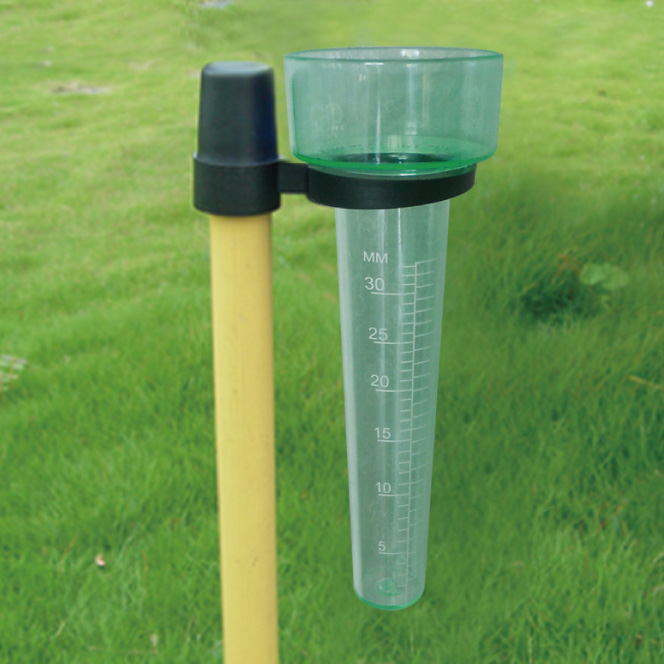Study The Rain Gauge: From Historical Development to Modern Applications
Wiki Article
DIY Rain Scale: Straightforward Actions to Make Your Own
Creating your own Do it yourself rainfall scale is a reliable and straightforward way to determine and tape precipitation. With just a few usual products and some standard actions, you can easily construct your own rain gauge at home. Allow's obtain begun on making your Do it yourself rainfall gauge today!Gather Materials
To begin constructing your DIY rain scale, collect all the essential products making use of a comprehensive list of items. Having the ideal products accessible will certainly make certain the successful creation of your rain gauge and enable accurate measurements of rainfall. You will certainly need a clear plastic container or cylinder, such as a plastic bottle or jar. Ensure the container is transparent so that you can easily see the water level inside. Next, you will call for a leader or gauging tape to note the increments on the container. This will enable you to measure the amount of rains accurately. In addition, you will certainly need a permanent marker or waterproof tape to mark the dimensions on the container. This will certainly make certain that the markings continue to be noticeable also when subjected to rain. You will certainly need a strong base or risk to safely hold your rainfall scale in location. This can be a wood or steel stake that can be inserted right into the ground or a tough flat surface area to provide security. Collecting these products ahead of time will certainly simplify the building procedure and ensure that you have every little thing you need to create your very own do it yourself rain scale.Prepare the Container

Mark the Dimension Increments
To precisely measure the amount of rainfall, properly noting the measurement increments on your DIY rain scale is necessary. Without precise and clear markings, it would be hard to identify the exact quantity of rains accumulated in your rain scale. Here are the steps to mark the dimension increments on your rain scale.The most common units Home Page for gauging rainfall are inches and millimeters. As soon as you have selected the device, use a long-term pen or waterproof paint to note the increments on the side of your rainfall gauge.
When marking the increments, it is necessary to ensure that they are uniformly spaced and Visit Website plainly visible. Make use of a ruler or determining tape to ensure accuracy and consistency. Additionally, make certain that the markings are resistant to fading or scrubing off, as direct exposure to the elements might create them to weaken gradually.
Area the Rain Gauge Outdoors
The rain scale need to be placed outdoors to accurately gather rains information. The location chosen for the rain gauge must be free and open from any type of blockages that can possibly affect the measurement of rainfall. It is necessary to find a spot that is not obstructed by trees, buildings, or other structures that can obstruct the rainfall from getting to the scale. This will certainly ensure that the collected data is representative of the actual rainfall in the location.Additionally, it is crucial to place the rainfall scale on a steady surface, such as a level ground or a sturdy blog post. This will certainly stop any type of movement or tilting of the scale, which might result in incorrect measurements. It is additionally a good idea to avoid positioning the scale near any resources of man-made water, such as sprinklers or drainage systems, as this can hinder the accuracy of the measurements.
Monitor and Document Rain Data
Normal tracking and recording of rains information is important for exact data analysis and analysis. By keeping an eye on rains measurements, you can obtain important understandings into climate patterns, climate fads, you could try these out and water resource administration. To successfully keep track of and videotape rains data, it is essential to develop a regular and keep consistent techniques.Firstly, make certain that your rain scale is placed in an open location far from obstacles such as trees or buildings that might block rains. Additionally, see to it the rain gauge is degree and securely anchored to avoid any motion that can affect the precision of the dimensions.

When videotaping the rains information, it is necessary to note the date and time of each measurement. Use a leader or a gauging stay with figure out the rainfall deepness in the rainfall gauge, and record this details precisely.
To ensure the precision of the measurements, it is advised to clear the rain gauge after each recording. This will protect against any kind of overflow or dissipation from influencing succeeding measurements.
Verdict
To conclude, producing a DIY rain scale is a practical and straightforward method to monitor and videotape rainfall data (The Rain Gauge). By complying with the steps laid out in this post, you can easily collect materials, prepare the container, note the measurement increments, and position the rain scale outdoors. On a regular basis keeping an eye on and tape-recording rains data can give useful information for different objectivesHaving the ideal materials on hand will certainly guarantee the effective creation of your rainfall scale and enable for exact measurements of rainfall.To properly determine the quantity of rainfall, properly marking the dimension increments on your DIY rainfall scale is vital.The rainfall gauge must be placed outdoors to precisely accumulate rainfall information. The location picked for the rain gauge need to be open and totally free from any type of blockages that can potentially impact the dimension of rains.In conclusion, producing a DIY rainfall scale is a sensible and simple way to keep an eye on and record rainfall information.
Report this wiki page